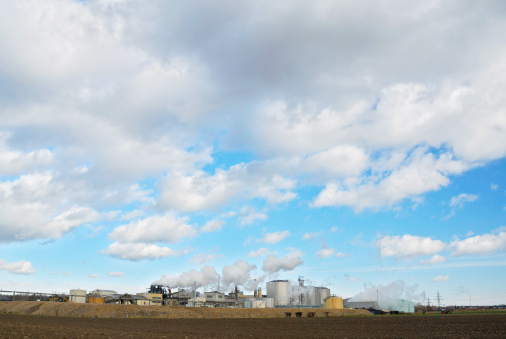FLASH
16 March 2016
Rubber City and the hope of Thai rubber industry amid challenges
Industrial Estate Authority of Thailand (IEAT) invited both foreign and Thai investors to participate in the Rubber City project during the Global Rubber & Latex Expo 2016 (GRTE2016) on 10 March 2016. Moreover, Thailand’s Rubber City is now on an urgent implementation in accordance with the government’s super cluster policy, which is expected to be completed in 2018. Its primary objectives are to boost domestic consumption of rubber and consequentially expand mid- and down-stream of rubber industry in Thailand.
Author: Teerayut Thaiturapaisan

|
|
|
|
|
|
|
|
|
|
|
|